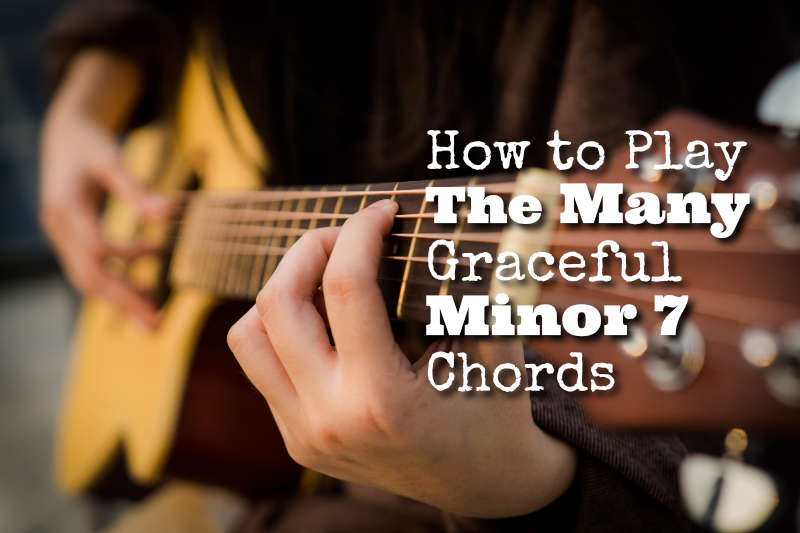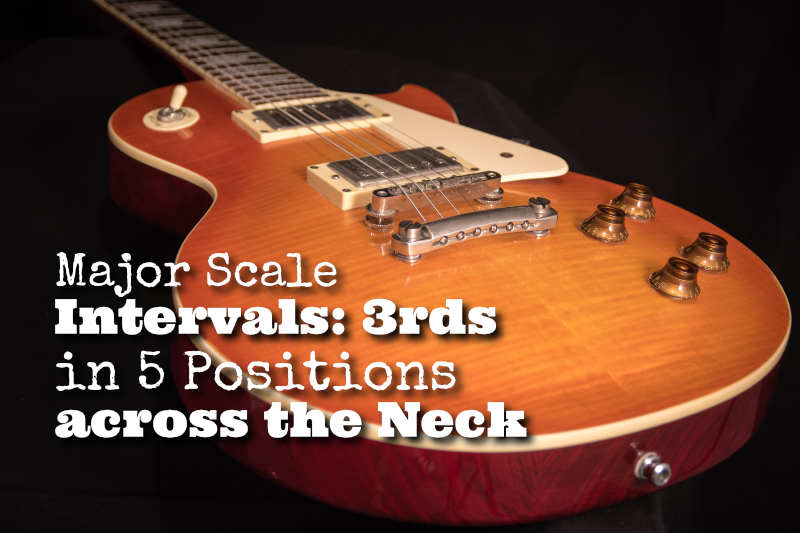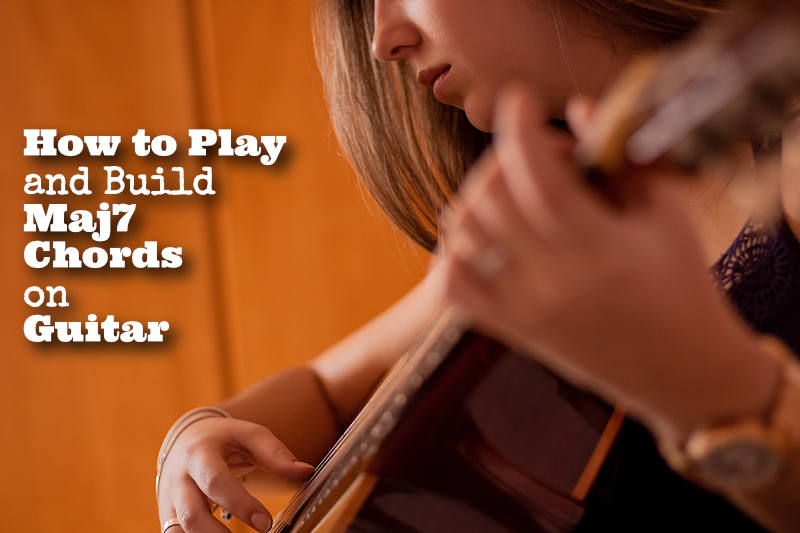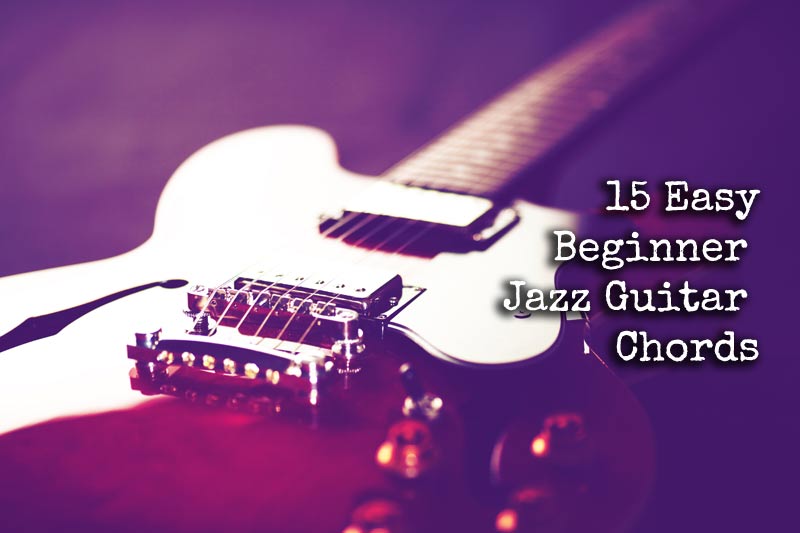
The Min7 chord is a beautiful way to enhance the minor chord. It gives it some extra colour and depth. It sounds kind of contemplative and a bit more sophisticated than your standard minor chord. It’s a graceful chord.
The minor 7th chord is used widely in every style of music and today we’re going to learn how to play it in a different set of varieties and build it from the ground up.
We’re going to look at “open” Minor 7th chords (open strings involved), moveable Min7 chords (no open strings involved) with the root note starting at the Low E (6th string), A-string (5th string) and the D-string (4th string), and finally some more beautiful sounding min7 chords you might not have played before, but are an asset to your chord vocabulary.
MIN7 CHORD CONSTRUCTION – MUSIC THEORY
A minor chord consist of the root (1), flatted third (b3) and fifth (5) notes (1 b3 5) of the major scale. The minor 7th chord (min7) consists of the root (1), flatted third, fifth and flatted seventh notes (1 b3 5 b7) of the major scale. That means only the b7 is added to the minor chord.
For example, if you take the notes of the C major scale = C D E F G A B C
The C minor chord (Cm) consists of the notes: C Eb G (1 b3 5)
The C minor 7 chord (Cm7) consists of the notes: C eb G Bb (1 b3 5 b7)
Another example: A major scale = A B C# D E F# G# A
The Amin chord consists of the notes: A C E (1 b3 5)
The Amin7 chord consists of the notes: A C E G (1 b3 5 b7)
This way you can build or analyze any Min7 chord:

Note: In the chord diagrams above: the black dots above the nut are open strings, and the letters in the dots indicate the note names.
Continue Reading


